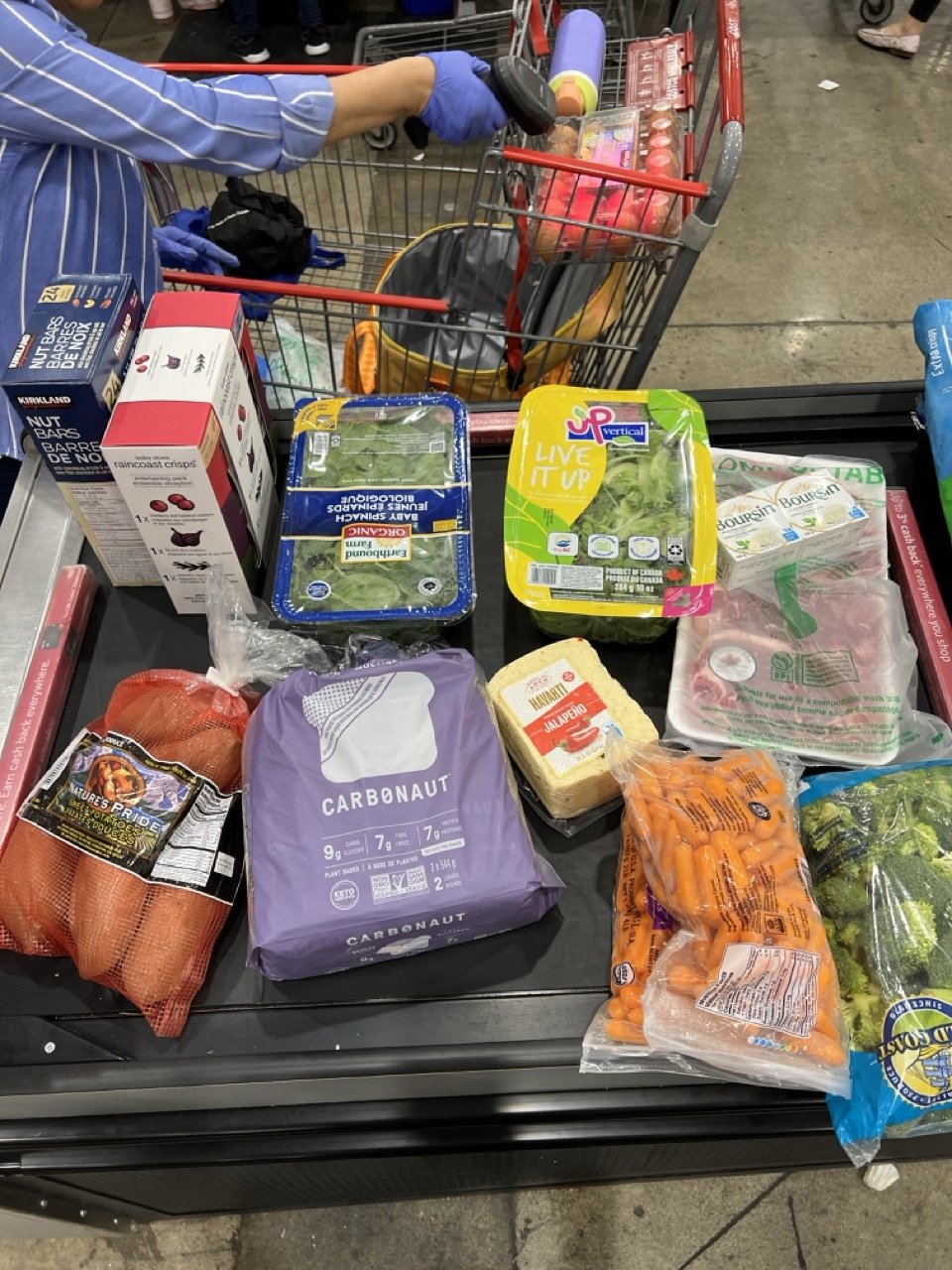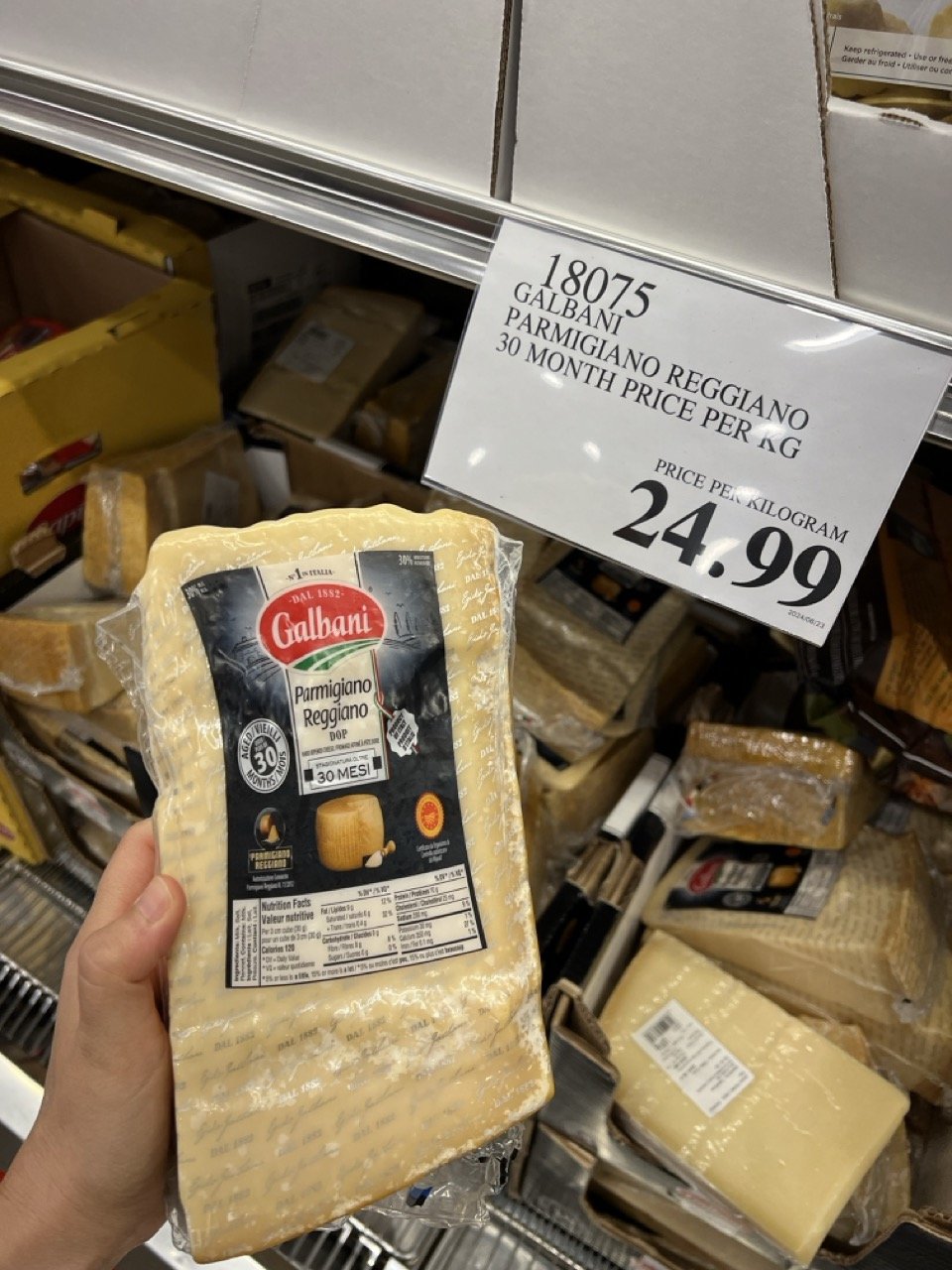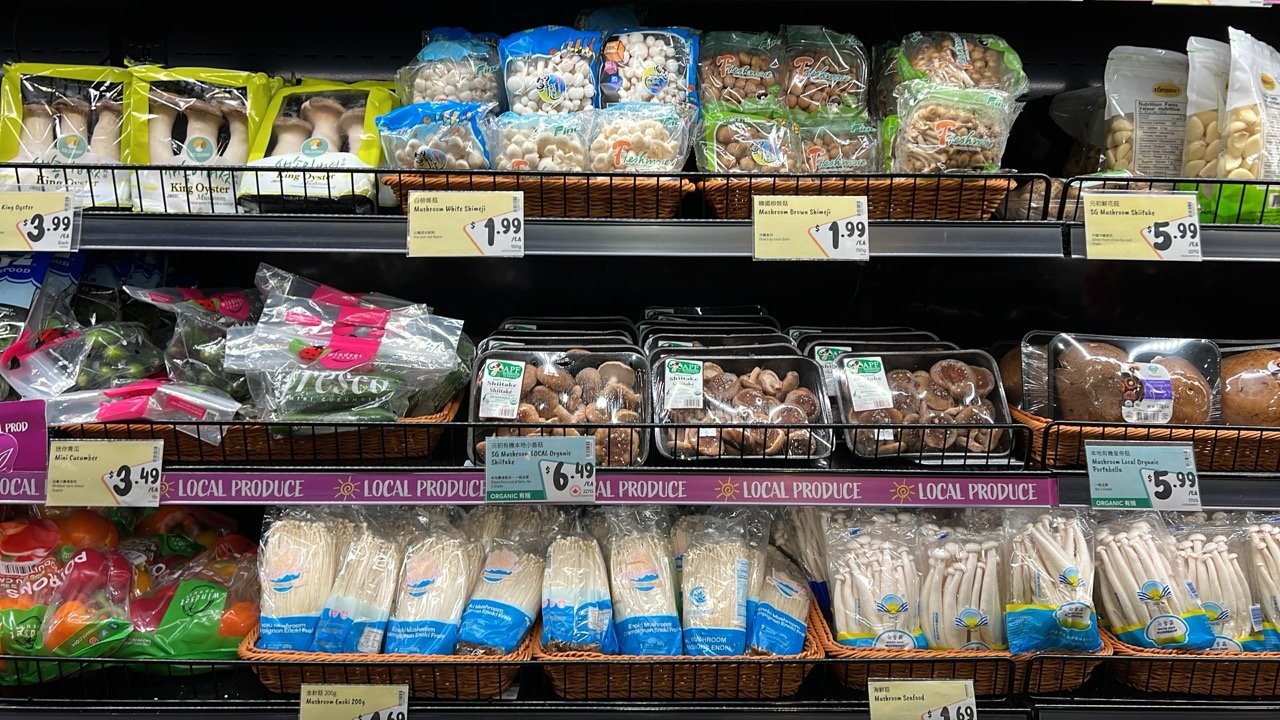WHAT TO CHECK BEFORE BUYING PACKAGED GOODS?
Reading Labels Mindfully
I’ve always been the kind of person who checks the ingredients and nutrition labels before tossing anything into my shopping cart. Whether I’m shopping for a simple snack or planning meals for the week, I never skip this step. It’s not just about the calories or fat content, though there’s more to it, and I want to share how I do it and why it matters to me.
Intermittent Fasting: My Journey
A while ago, I gave intermittent fasting a try. I followed the popular 16-8 method—fasting for 16 hours and eating within an 8-hour window. By the end, I had lost 37 lbs, but let me be honest: there’s more to the story. At first, it felt like a total game changer. I had more energy, fewer cravings, and some solid weight loss. But it’s important to remember that I was going through a lot at the time, dealing with a divorce, juggling my post-degree diploma, and moving twice. So, while fasting played a part, stress probably did too.
I stuck with intermittent fasting for 9 months, and while it helped me manage my eating habits, the side effects started to creep in. That initial burst of energy? It faded, and soon I was feeling exhausted. On top of that, my hormones took a hit. I started having irregular periods, and I even got hit with some random, intense cramps. It felt like my body was trying to tell me something.
Looking back, intermittent fasting did teach me to be more mindful about what I eat, especially when it comes to nutrient-dense foods. But after those 9 months, I realized that this strict routine wasn’t sustainable for me.
Even my doctor advised against sticking with intermittent fasting for more than three months at a time, considering the potential risks. So, I decided to listen to my body and ease up and I finally started eating regularly again.
At the end of the day, I’ve learned that balance is everything. Sure, intermittent fasting has its benefits, but it’s just as important to listen to your body and make adjustments. After all, long-term health should always outweigh short-term gains.
What I Look for When Shopping
These days, I still take a thorough look at nutrition labels before buying anything. First off, I always check the ingredients list. A long list of unpronounceable ingredients? Nope. I try to keep things simple and opt for items with whole, recognizable ingredients.
Then, I check the nutrition facts. While calories are important, they’re not the only thing I care about. I’m more focused on the quality of the food. Is it providing healthy fats or loaded with saturated fats? Are the carbs coming from fiber-rich sources, or are they mostly sugars? These little details make a big difference in how I feel after eating.
Understanding the Ingredient List: What to Watch For
When it comes to packaged foods, the ingredient list can be your best friend or your worst enemy. Some ingredients are harmless, but others might raise a red flag. Here are a few common ones to keep an eye on:
•Artificial Preservatives: Ingredients like sodium benzoate or potassium sorbate are often used to prolong shelf life, but they’ve been linked to potential health risks when consumed in large quantities.
•Added Sugars: Don’t be fooled by “healthy-ish” ingredients like agave syrup or cane juice. They’re still sugars! Watch for hidden sugars, especially if you’re on a low-carb or keto diet.
•Hydrogenated Oils: These oils contain trans fats, which can increase the risk of heart disease. Even small amounts can add up if consumed regularly.
•Artificial Sweeteners: While Aspartame and Sucralose are calorie-free, they can still have negative impacts on digestion and even cravings.
Knowing these ingredients can help you make more informed choices at the grocery store.
Keto and Healthy Fats
Aside from intermittent fasting, I’ve never really been one to follow a diet or stick to a routine with a strict philosophy. What I believe in is creating a lifestyle. Diets, at their best, should teach us something sustainable. If it works for you and makes you feel good, it naturally turns into a lifestyle. Let’s be honest, calling something a “diet” doesn’t sound appealing, right? But when you call it a lifestyle, it feels a lot more inviting.
I’ve heard so many great things about the keto diet, though I’ve never fully tried it myself! If you’re following keto, your main goal is usually to minimize carbs and maximize fat intake. This really changes how you read food labels. Instead of focusing on calories, you’re on the lookout for high-fat, low-carb options. But here’s the thing, even if you’re keto, it’s important to look beyond just the macros. A lot of packaged foods labeled “keto-friendly” can be filled with unhealthy fats or artificial ingredients, and that’s not great for your overall health in the long run.
Let’s talk about fats for a minute. Not all fats are created equal! The best ones come from whole foods like avocados, olive oil, and nuts, which are far better than the processed fats you often find in “keto-friendly” snacks, like vegetable oils or trans fats. And don’t forget, just because something is labeled “keto” doesn’t mean it’s free from hidden sugars or sugar alcohols like Maltitol, which can still spike your blood sugar.
It’s also important to be mindful of preservatives or artificial ingredients, even in keto-labeled products. These can be harmful in the long run, whether you’re following keto or not. Personally, I’ve always believed in balance. Overdoing anything, whether it’s keto or intermittent fasting, can backfire. My doctor even advised me not to follow intermittent fasting for more than three months at a time, and I believe the same applies to keto. Sticking to a strict diet for too long can be tough on your body, especially if you’re not paying attention to nutrient variety.
The Most Common Mistake People Make
One of the most common things people do when checking a product is focusing solely on the calorie count. While it might seem like the easiest way to gauge whether a product is “good” or “bad,” it’s not the whole story. Calories are just one piece of the puzzle. A low-calorie snack might be full of sugars and offer little to no nutritional value, while something with higher calories could be packed with good fats and proteins that nourish your body.
In my opinion, you shouldn’t just look at the number of calories but instead at where those calories are coming from. Are they from wholesome ingredients that will keep you energized, or are they empty calories that will leave you hungry again in an hour?
At the end of the day, I never buy a product without thoroughly checking both the ingredients list and the nutrition panel. It might take a bit more time at the grocery store, but it’s worth it. By knowing exactly what you’re putting into your body, you can make choices that support your health, no matter what kind of eating style you follow.
Which Snacks Are Good for You?
I’m no angel when it comes to snacks. I eat snacks, I eat carbs, and honestly, I can’t imagine a life without them! But I try my best to choose snacks that are a little healthier for both my body and soul. If you’re like me and still want to indulge while making better choices, here’s a list of my Best Healthyish Snacks that I swear by. Check them out, and maybe you’ll find your new favorite!
I hope these tips help you the next time you’re browsing the aisles! Remember, it’s not just about the calories, fat, or carbs, it’s about the whole picture.
Take your time when you shop, read those labels mindfully, and don’t be afraid to prioritize quality over convenience. Your body will thank you!
I’d love to hear how you approach reading labels. Do you follow any particular eating style, like keto or intermittent fasting? Share your thoughts or tips in the comments below! Let’s learn and grow together.













